
Mushrooms have been a mainstay in the culinary world for the longest of time but these days different types of mushrooms are gaining popularity for their potential health benefits. People are becoming aware that these fascinating fungi are dual-faceted. There are also plenty of variety of mushrooms available but not a lot of mushrooms can be used directly in cooking and as well as be ingested for health benefits. Shiitake and Maitake mushrooms beg to differ, however. These two mushrooms have been omnipresent in both the culinary world and as well as the mushroom supplement world. It’s time to pit them against each other and see which of these versatile mushrooms comes out on top.
The main event is Shiitake vs Maitake. These mushrooms boast distinct personalities. The Maitake nicknamed the "Hen of the Woods," resembles a feathery crown or cascading waterfall of mushrooms, with its fan-like structure and cascading, frilled "feathers." It often boasts an earthy, woodsy flavor, holding a special place in Japanese cuisine and traditional medicine.
The Shiitake is a familiar face in Asian cuisine and is easily recognizable by its dark brown cap, lighter stem, and umbrella-like shape. With a meaty texture and a savory, umami taste, shiitake is a versatile culinary hero.
But beyond their appearances, what truly sets these mushrooms apart? Let's find out about these fungi truly to understand the unique nutritional profiles, health benefits, culinary applications, and environmental considerations of maitake and shiitake mushrooms.
Both maitake and shiitake are nutritional powerhouses, offering a unique blend of vitamins, minerals, and bioactive compounds that contribute to their potential health benefits. Let's delve deeper and explore what each mushroom brings to the table:
Perhaps most notably, maitake is a powerhouse of polysaccharides, a type of complex carbohydrate found in mushrooms. Among these polysaccharides are beta-glucans, which have been linked to supporting a healthy immune system. Studies suggest beta-glucans may activate immune cells, potentially aiding your body's defense against illness and improve gut health as well.
Shiitake is also high in polysaccharides and polysaccharopeptides, which contribute to its umami flavor – that savory, brothy taste that adds depth to your dishes. These polysaccharides may also offer additional health benefits, although more research is needed to fully understand their potential impact.
Exploring the Health Potential – Benefits Beyond the Plate
While both maitake and shiitake are delicious additions to your meals, their potential health benefits are what truly make them stand out. Here's a closer look at the potential ways these mushrooms might contribute to your well-being:

The beauty of shiitake vs maitake lies not just in their health potential, but in their culinary versatility. With their distinct textures and flavors, these mushrooms can elevate your dishes to new heights:
Both maitake and shiitake are considered environmentally friendly choices. These mushrooms are typically cultivated on wood logs or other organic materials, making them a more sustainable option compared to some protein sources. However, opting for locally grown and organic options whenever possible is always a good practice. This not only minimizes your carbon footprint but also ensures the mushrooms are grown without harmful pesticides or chemicals. Look for certifications from reputable organizations to ensure organic practices are followed.
Shiitake mushrooms are generally more readily available than maitake and tend to be more budget-friendly. Their popularity in Asian cuisine has led to wider cultivation and distribution, making them easier to find in most grocery stores. Maitake, on the other hand, might be less readily available and can be priced slightly higher due to its perceived rarity. However, some specialty stores and online retailers might offer maitake mushrooms at competitive prices.
Whether you choose maitake or shiitake, selecting high-quality, toxin-free mushrooms is crucial. Here are some tips to ensure you're getting the best:
The information has been laid out and ultimately the choice comes down to personal preference when it comes to Shiitake vs Maitake. Both offer unique flavor profiles when it comes to cooking them and their health benefits are varied but might overlap here and there. It comes down to you as to what you like more.
The world of mushrooms is vast and fascinating, offering a treasure trove of culinary delights and potential health benefits. Maitake and shiitake are just two superstars in this diverse kingdom. As you delve deeper into the world of fungi, you might discover other exciting varieties, each with its unique flavor profile and potential health contributions.
Here are some additional tips for exploring the world of mushrooms:
By embracing the diverse world of mushrooms, you can not only expand your culinary horizons but also potentially unlock a new dimension of health and well-being. So, the next time you're at the grocery store or farmers market, take a moment to explore the fascinating world of fungi. You might just discover your new favorite ingredient and unlock a world of delicious and potentially health-promoting possibilities!
If you are someone who doesn’t like the taste of mushrooms but is still looking to incorporate the benefits of mushrooms, look no further than Non-Fungible Mushrooms. The Mushroom Adaptogen Powders are of the highest quality, 100% organic, non-GMO, vegan, and gluten-free, and contain absolutely no fillers, sugars, or harmful sweeteners.
We pride ourselves in sourcing/manufacturing the absolute best, our mushrooms are pure, and the potency is elite! Discover 5 different Mushroom Adaptogen blends! Our personal favorite is the LIFE – Mushroom Adaptogen Powder LIFE contains the 6 most powerful and beneficial mushrooms including Maitake! We call it our “mushroom multi” because of its versatility.